Celebrity Plastic Surgery and Evolving Beauty Standards

It can be hard to keep up with changing cultural beauty ideals, but there’s good news: Beauty standards have expanded beyond the strict archetypes of the past and grown to include more shapes, features, and styles than ever before. Still, if one thing remains constant, it’s that celebrities and influencers both set and shape cultural beauty ideals as they have throughout much of history.
What plastic surgery trends tell us about evolving beauty standards
Some of the most prominent magazines in the world, from Time to Harper’s Bazaar, have highlighted how the Kardashians changed beauty standards from the early 00s to the present. The links between their aesthetics and popular procedures have become too prominent to ignore. Kim K’s posterior, for example, is the most inspiration brought to plastic surgeons by patients seeking buttocks enhancement.
But Kim Kardashian is hardly the first celebrity to shape the ideals of modern beauty standards. Here, we’re going back in time to get a better understanding of how beauty standards evolve over time, a story told by trends in plastic surgery.
Marilyn Monroe’s bovine chin implant
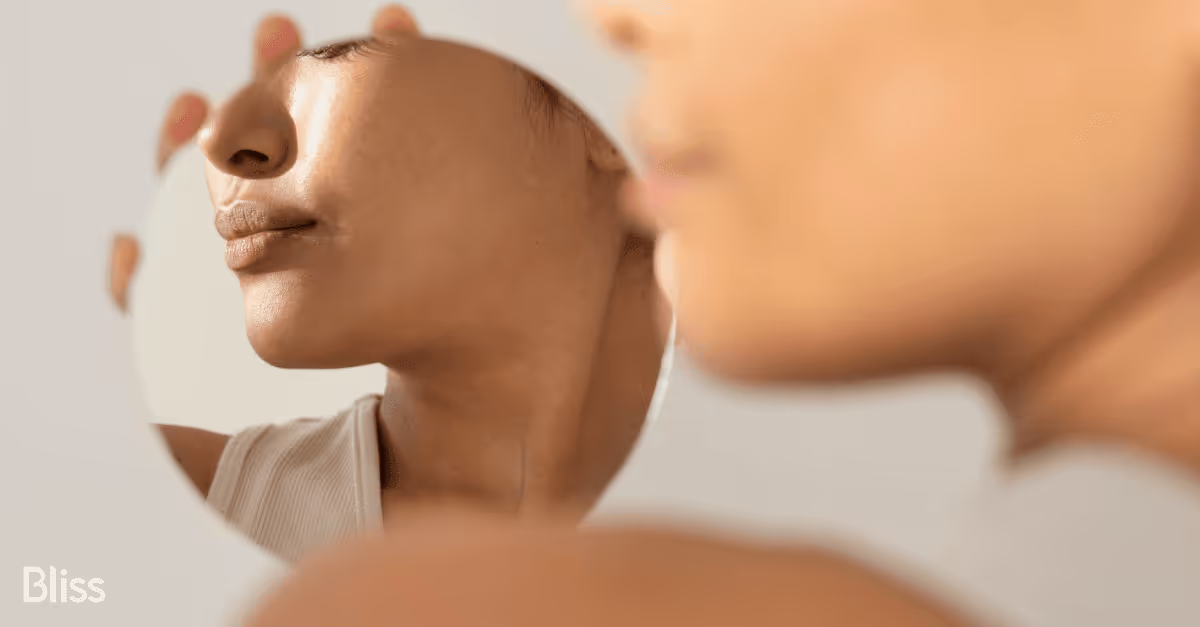
Historians have confirmed that Marilyn Monroe did, indeed, have a chin implant done in the 1950s — which is before plastic surgery became popular with the American public.
Despite the lack of immediate chin implant procedures booked, many find that Marilyn’s rumored procedure might have paved the way for the influx of plastic surgery support and procedures seen in the 1960s as people personalized their appearance.
Liposuction, Twiggy, and the pursuit of slenderness
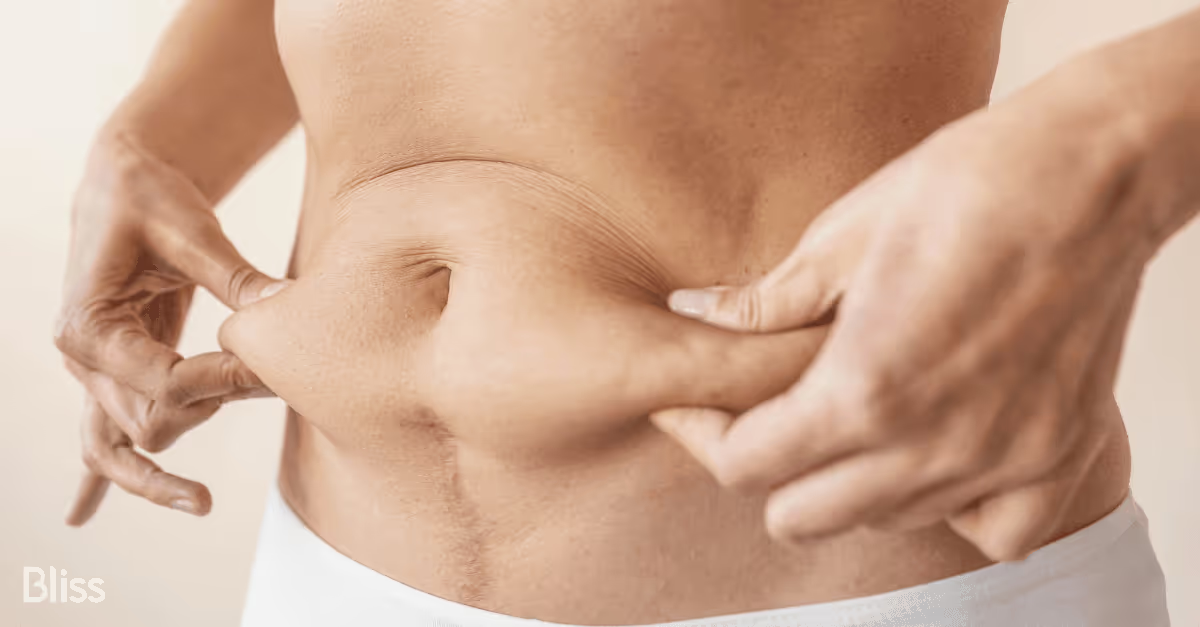
The 1960s and the 1970s saw a rise in slender-but-curvy beauty standards, including the likes of Elizabeth Taylor, Sophia Loren and Farrah Fawcett. As such, many wanted to follow in their footsteps — relying on diet and workouts to reach their ideal level of fitness.
While many underwent the weight-loss process naturally, a near-equal amount were looking for something more modern, convenient, and effective. Around this time, father and son doctors Aprad and Giorgio Fischer pioneered advancements in liposuction technology, allowing people to surgically remove body fat without the time and effort required from conventional methods.
This perpetuated the fascination with convenient conventional beauty, ushering in the supermodel-studded 1980s and the advancement of several newer surgical techniques.
Chasing youth in the 80s

The 1980s were pivotal for the field of plastic surgery. Breast augmentation, nose reshaping (rhinoplasties), and facelifts dominated 80s plastic surgery trends, as rumors of celebrities having cosmetic procedures became increasingly common and public interest in them grew.
Celebrities like Cher and Dolly Parton owned their looks and the measures they had taken to get there, becoming avant-garde influencers in the space.
Beyond celebrity breast augmentation rumors and changing beauty trends, plastic surgeons and related entities focused on providing high-quality, transparent information for patient consumption — bolstering plastic surgery confidence and patient engagement rates.
Additionally, microsurgery fellowships for subspecialties (such as breast reconstruction procedures) were first introduced to medical schools and universities, which offered patients reassurance in outcomes and an industry-leading, comprehensive quality of care.
The 1990s saw a 10-fold increase in cosmetic enhancement procedures
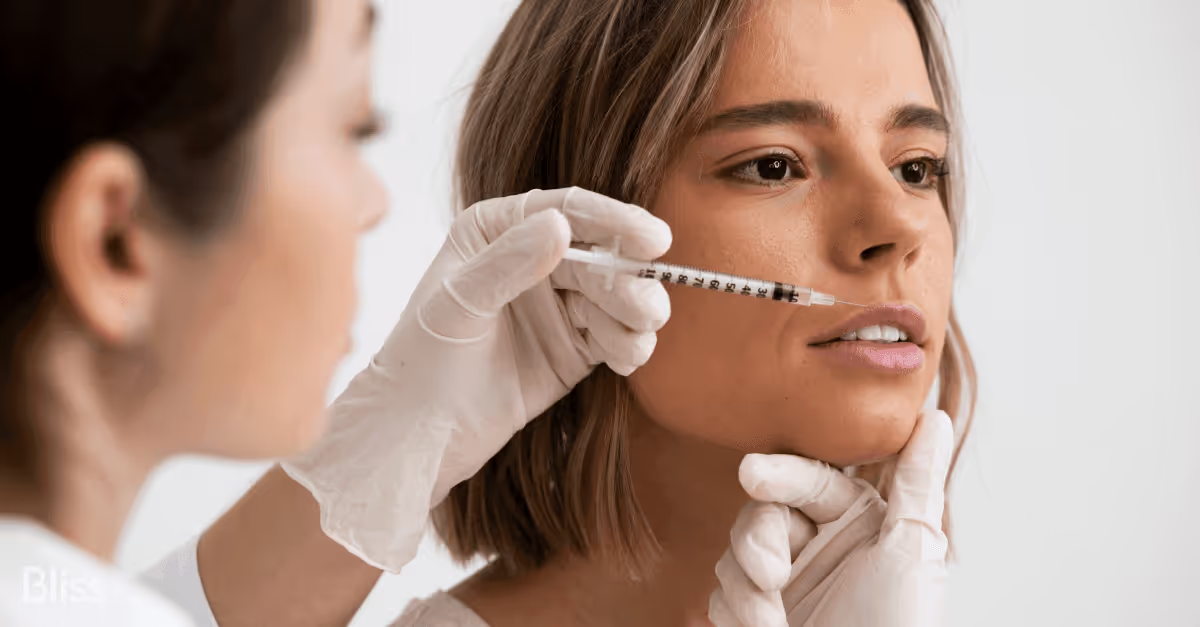
While the dominating trends of the 80s included athletic, shapely, hourglass figures carried over into the 90s through voluptuous celebrities like Pamela Anderson and Cindy Crawford, the 90s also saw the rise of more than one beauty ideal. In addition to the fit-and-curvy trends of the 80s, the trendy, ultra-thin, “heroin chic” look that “It Girl” Kate Moss became the face of gained popularity. prompting a surge in fat reduction cosmetic procedures like liposuction to capture the look.
Likewise, the 90s saw beauty ideals return to the doe-eyed look of Twiggy as celebrities like Halle Berry and Winona Ryder became some of the highest-paid stars in the world. As more people sought the wide-eyed look, techniques in blepharoplasties (eyelid surgery) advanced and became more customizable to patients’ eyes and face shape producing better, more natural-looking results.
Approximately 1 million cosmetic procedures were performed in the 1990s, a 1000% increase over the 1980s. The majority of which were breast augmentations, liposuctions, and eyelid surgeries (blepharoplasties).
Y2K, the rise of social media, and “You do you”
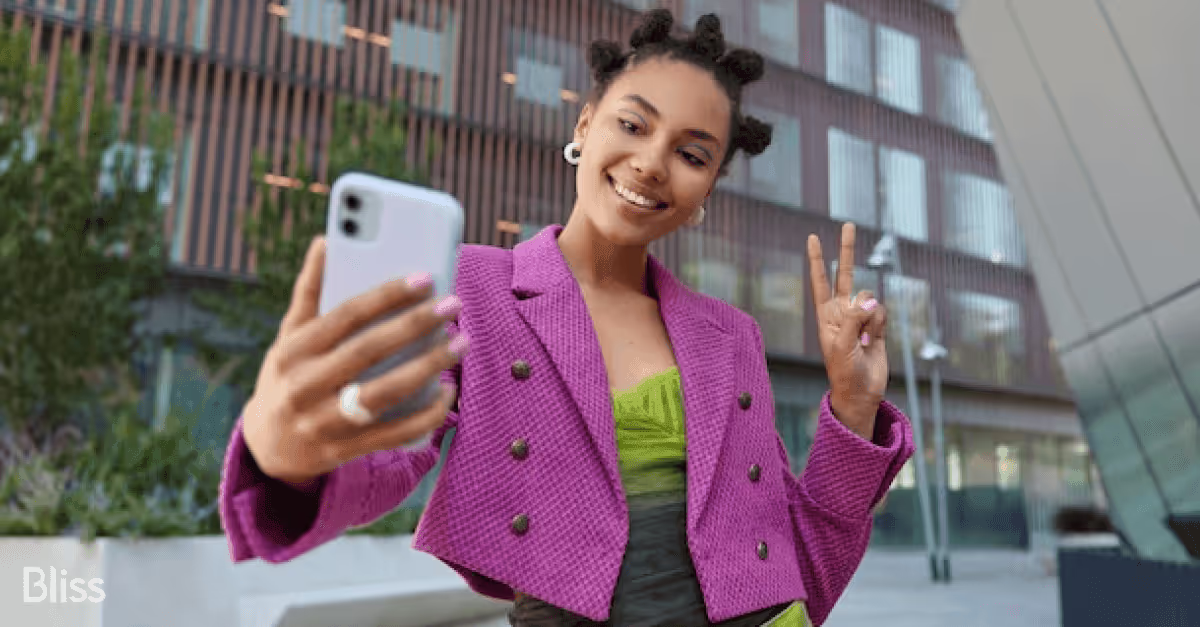
In the post-Y2K era, preferences began to change again — with many embracing the “best of both worlds,” pursuing looks that were both curvy yet slim. Celebrities influencing these beauty trends included Giselle Bundchen, Megan Fox, and Tyra Banks.
Between 2000–2010, liposuction became mainstream. The most popular cosmetic procedure saw a 10-fold increase from the previous decade. Experts estimate that over 670,000 liposuction procedures were done in 2000 alone.
After the approval of silicone breast implants in 2006, breast augmentation numbers topped 329,000 cases in a single year. Ashlee Simpson and Patricia Heaton were among the first to go public with their augmentation surgeries despite the cultural stigma that has since been greatly reduced. As with other kinds of cosmetic enhancement procedures, breast augmentation techniques and materials made great strides in avoiding the “bolt-on” look, instead yielding more refined results.
Since the late 2000s through today, the rise of social platforms loosened the cohesion of beauty archetypes overall and more varieties of beauty generated followings. Overall, the trend leaned toward enhancing natural features and more individualized aesthetic goals.
While some standards remain constant, new beauty ideals such as “curvy thick,” “fit and curvy,” “slim thick,” not only have huge followings, but media attention, modeling deals, and popular musicians writing about them (BBL Love by Drake comes to mind).
One thing has certainly remained constant: Celebrities and influencers still play a key role in shaping beauty trends, as evidenced by the spike in Google searches for SZA BBL after the chart-topping singer discussed having the procedure done in an interview with Elle Magazine.
Likewise, cosmetic enhancement procedures have evolved to include many types of modifications and goals, catering to beauty in its many celebrated forms.
How many people get plastic surgery done per year?
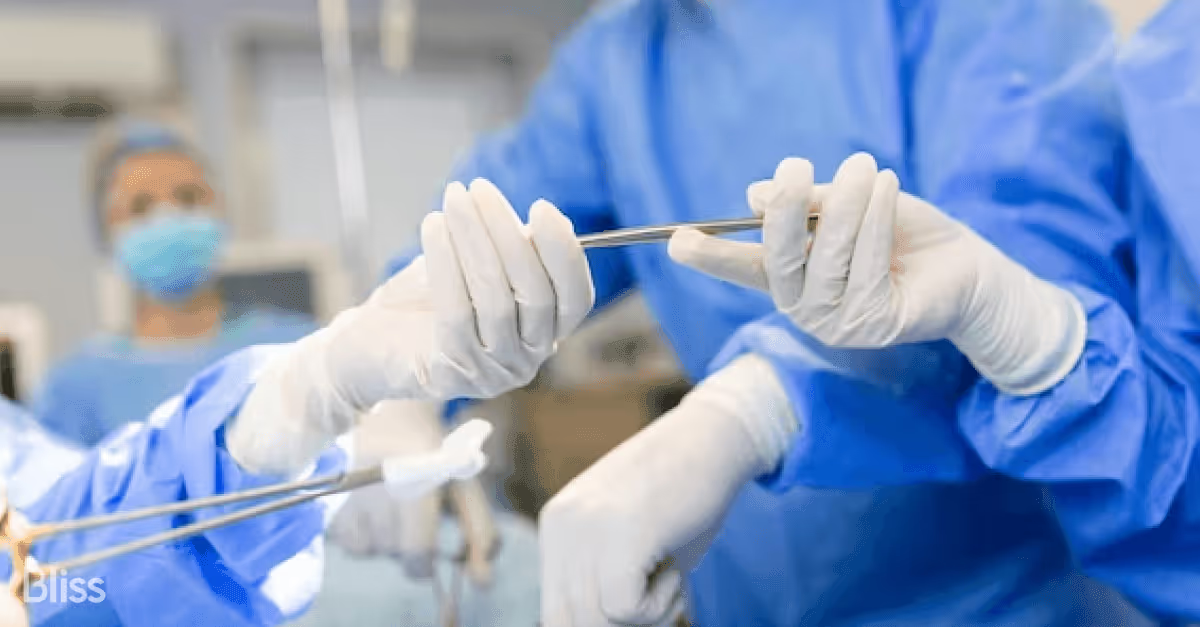
While neutral appearances are “in,” many people are opting for procedures that enhance their natural features.
The International Society of Aesthetic Plastic Surgery has found that there has been an 11% total increase in procedures completed by plastic surgeons in 2022, totaling 14.9 million surgical and 18.8 million non-surgical procedures worldwide.
Considering a change? You’re in great company. Millions of people undergo plastic surgery every year, embracing their own standard of beauty. Bliss connects you to experts for your elective cosmetic procedures, giving you the confidence, answers, and resources you need to pursue your self-love journey.
Big changes happen in little steps. Complete a short questionnaire about your beauty aspirations and schedule a free call with a Bliss Care Advisor to learn more.
FEATURE OF THE WEEK
Subscribe for cosmetic insights.
Get the latest in aesthetic innovation, support, and self-love straight to your inbox.

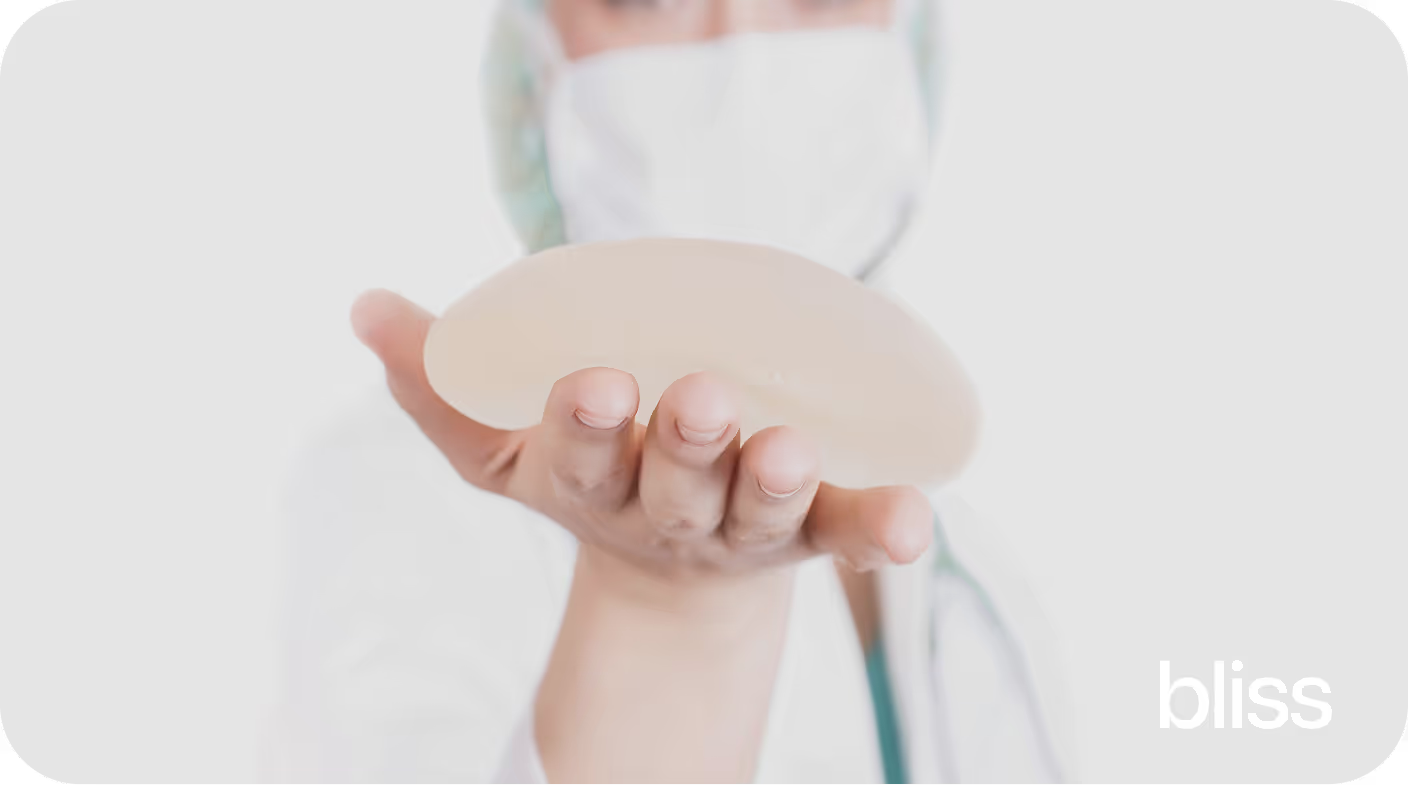









Lorem ipsum dolor sit amet, consectetur adipiscing elit. Suspendisse varius enim in eros elementum tristique. Duis cursus, mi quis viverra ornare, eros dolor interdum nulla, ut commodo diam libero vitae erat. Aenean faucibus nibh et justo cursus id rutrum lorem imperdiet. Nunc ut sem vitae risus tristique posuere. uis cursus, mi quis viverra ornare, eros dolor interdum nulla, ut commodo diam libero vitae erat. Aenean faucibus nibh et justo cursus id rutrum lorem imperdiet. Nunc ut sem vitae risus tristique posuere.
DeleteLorem ipsum dolor sit amet, consectetur adipiscing elit. Suspendisse varius enim in eros elementum tristique. Duis cursus, mi quis viverra ornare, eros dolor interdum nulla, ut commodo diam libero vitae erat. Aenean faucibus nibh et justo cursus id rutrum lorem imperdiet. Nunc ut sem vitae risus tristique posuere. uis cursus, mi quis viverra ornare, eros dolor interdum nulla, ut commodo diam libero vitae erat. Aenean faucibus nibh et justo cursus id rutrum lorem imperdiet. Nunc ut sem vitae risus tristique posuere.
Delete